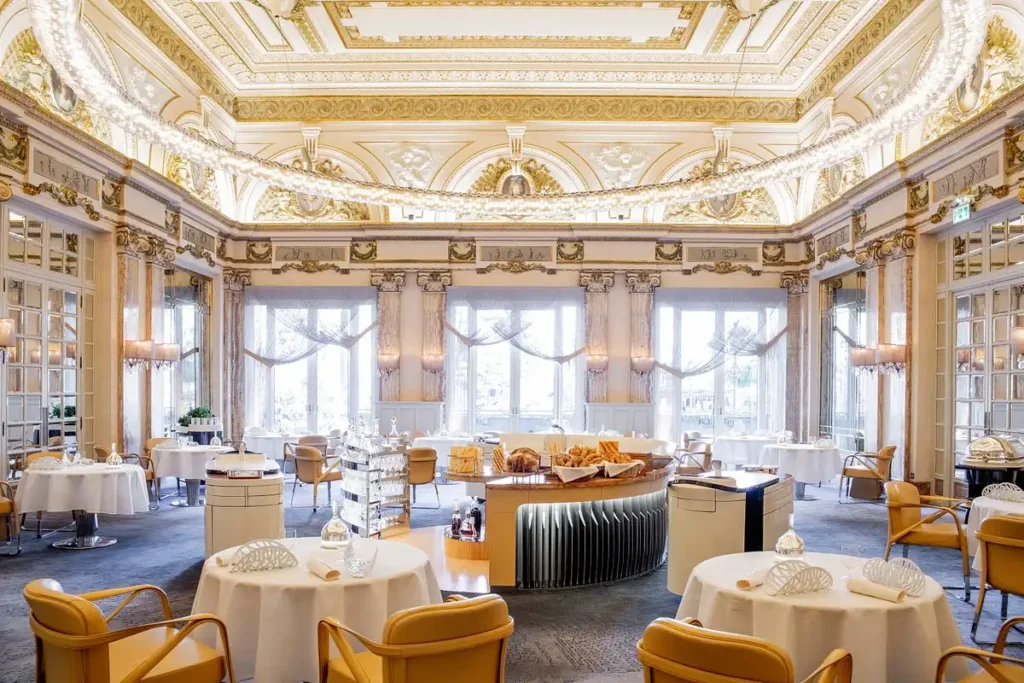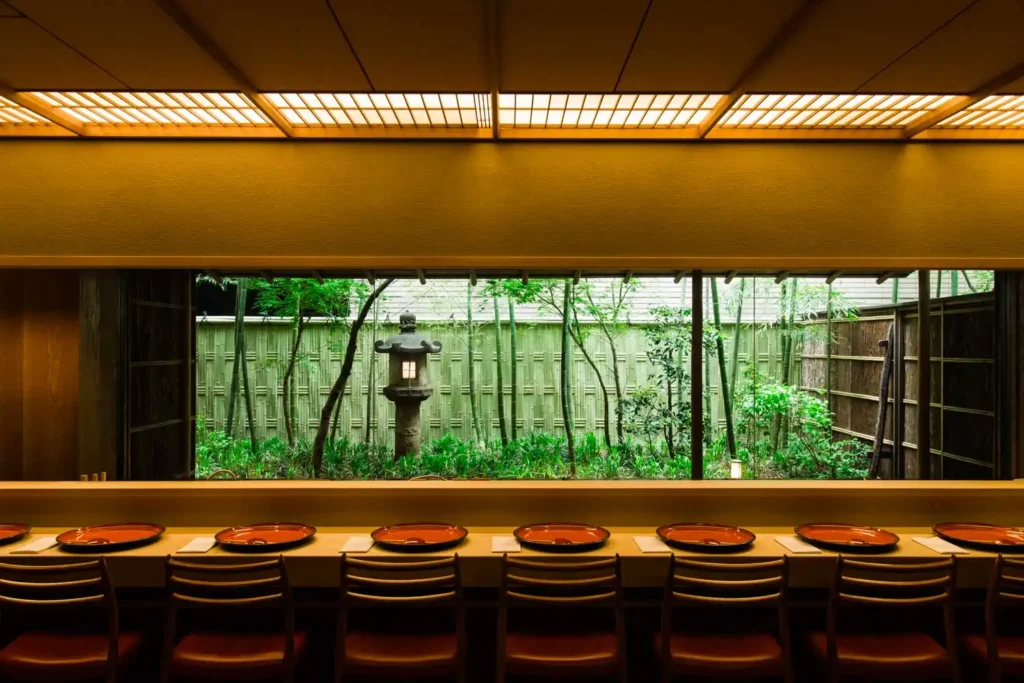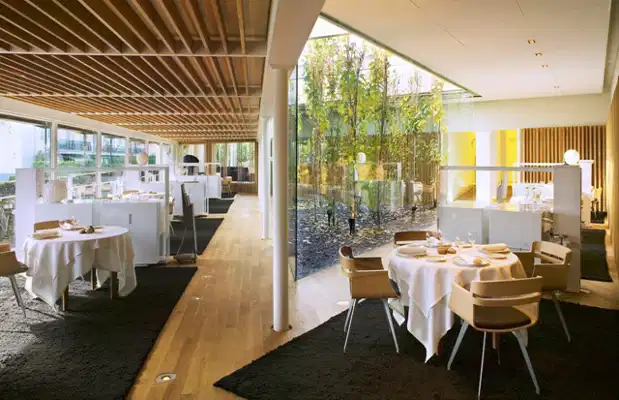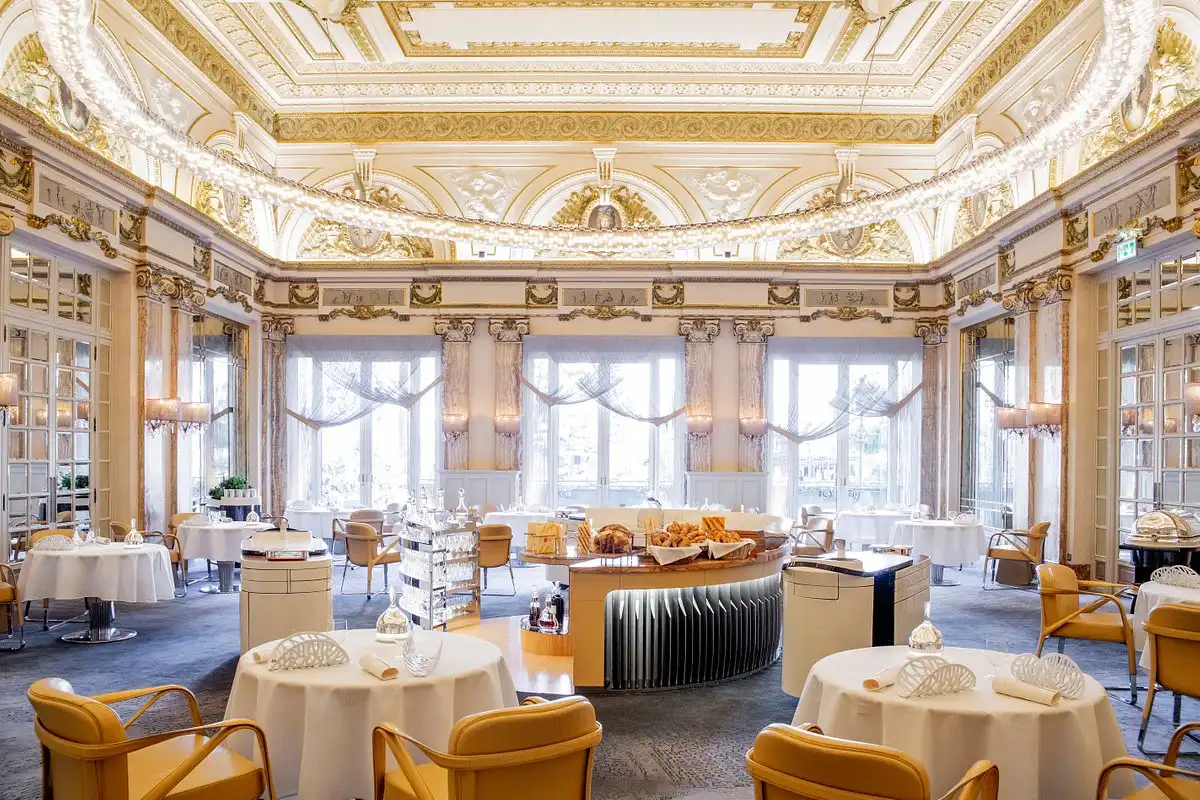The Evolution of Michelin-Star Dining: From Classic to Avant-Garde
Michelin-Star Dining: A Tradition Rooted in Culinary Excellence
Michelin-star dining has long been synonymous with excellence, tradition, and perfection. Since the inception of the Michelin Guide in 1900, it has been the hallmark for quality in the world of fine dining. However, over the decades, Michelin-star dining has evolved from its classic roots to embrace a more avant-garde approach. Today, Michelin-starred chefs are pushing boundaries, experimenting with techniques, ingredients, and presentation, all while preserving the essence of classical gastronomy.
- Michelin-Star Dining: A Tradition Rooted in Culinary Excellence
- Classic Michelin-Star Restaurants: Where Tradition Still Reigns Supreme
- Iconic Dishes: The Pillars of Classic Michelin Cuisine
- The Rise of Avant-Garde Michelin Restaurants: Redefining Fine Dining
- Pioneering Techniques and Experimental Flavors
- Michelin’s Expansion: Cultural Fusion and Global Influences
- Michelin’s Focus on Sustainability: The Green Star Revolution
- What’s Next for Michelin-Star Dining?
- Conclusion: Classic Meets Avant-Garde in Michelin-Star Dining
Classic Michelin-Star Restaurants: Where Tradition Still Reigns Supreme
In the world of Michelin dining, there remain restaurants that celebrate time-honored techniques and culinary tradition. These establishments honor the mastery of classic French, Italian, and Japanese cuisine. From the exquisite French techniques of Le Louis XV in Monte Carlo to the delicate kaiseki at Kikunoi in Kyoto, these Michelin-star restaurants are dedicated to the art of tradition. Their commitment to perfection and reverence for culinary history continues to set the gold standard in fine dining.

Iconic Dishes: The Pillars of Classic Michelin Cuisine
Classic Michelin-starred dining is not just about the restaurant itself, but also the iconic dishes that have stood the test of time. Take Paul Bocuse’s famed truffle soup or Alain Ducasse’s lobster salad, dishes that have become synonymous with the chefs who created them. These timeless creations are a testament to the meticulous craft and consistency that define classic Michelin-star dining.

The Rise of Avant-Garde Michelin Restaurants: Redefining Fine Dining
While tradition remains a core aspect of Michelin dining, a wave of avant-garde chefs has redefined what it means to hold a Michelin star. Restaurants like El Celler de Can Roca in Spain and Alinea in Chicago exemplify this movement by using molecular gastronomy, multi-sensory experiences, and artful plating to elevate fine dining to new dimensions. These restaurants challenge the norm by embracing the unexpected, yet still adhering to the high standards required for Michelin stars.

Pioneering Techniques and Experimental Flavors
The avant-garde approach is defined by its willingness to experiment. Chefs like Ferran Adrià and Grant Achatz have led the charge in deconstructing classic dishes and reimagining them in ways that surprise and delight. For instance, Achatz’s signature dish at Alinea, the edible balloon, and Adrià’s “spherification” technique used in iconic dishes like liquid olives, are perfect examples of Michelin-star chefs breaking traditional molds to create immersive, avant-garde dining experiences.
Michelin’s Expansion: Cultural Fusion and Global Influences
The evolution of Michelin dining is not just about avant-garde cooking techniques but also the fusion of global cuisines. As the Michelin Guide has expanded to countries like Japan, South Korea, and Thailand, there has been a rise in Michelin-starred restaurants that blend cultural heritage with modern techniques. Restaurants such as Gaggan in Bangkok, known for its progressive Indian cuisine, or Den in Tokyo, which reinterprets Japanese home-cooking traditions, show how Michelin dining has embraced multiculturalism while maintaining its rigorous standards.
Michelin’s Focus on Sustainability: The Green Star Revolution
In 2020, Michelin introduced the Green Star, recognizing restaurants that practice sustainability in their operations. Chefs like Dan Barber at Blue Hill at Stone Barns in New York and Clare Smyth at Core in London are at the forefront of this movement, integrating eco-friendly practices into their Michelin-star offerings. These restaurants prioritize local sourcing, waste reduction, and seasonal ingredients, proving that luxury dining can also be environmentally responsible.
What’s Next for Michelin-Star Dining?
As Michelin-star dining continues to evolve, the future looks set to embrace even more innovation. Expect to see more focus on plant-based haute cuisine, with chefs like Daniel Humm of Eleven Madison Park leading the charge with his recent transition to an entirely vegan menu. Technology will also play an increasing role, with augmented reality, 3D printing, and immersive digital dining experiences offering new ways for Michelin-starred restaurants to redefine the dining experience.
Conclusion: Classic Meets Avant-Garde in Michelin-Star Dining
Whether adhering to classic principles or pushing the boundaries with avant-garde techniques, Michelin-starred chefs are constantly evolving the fine dining landscape. At its core, Michelin dining will always be about precision, creativity, and excellence, but the way in which these qualities are expressed will continue to evolve. Luxe Digital’s curated guide keeps you informed on the latest in Michelin-star dining, from timeless classics to cutting-edge gastronomy.







